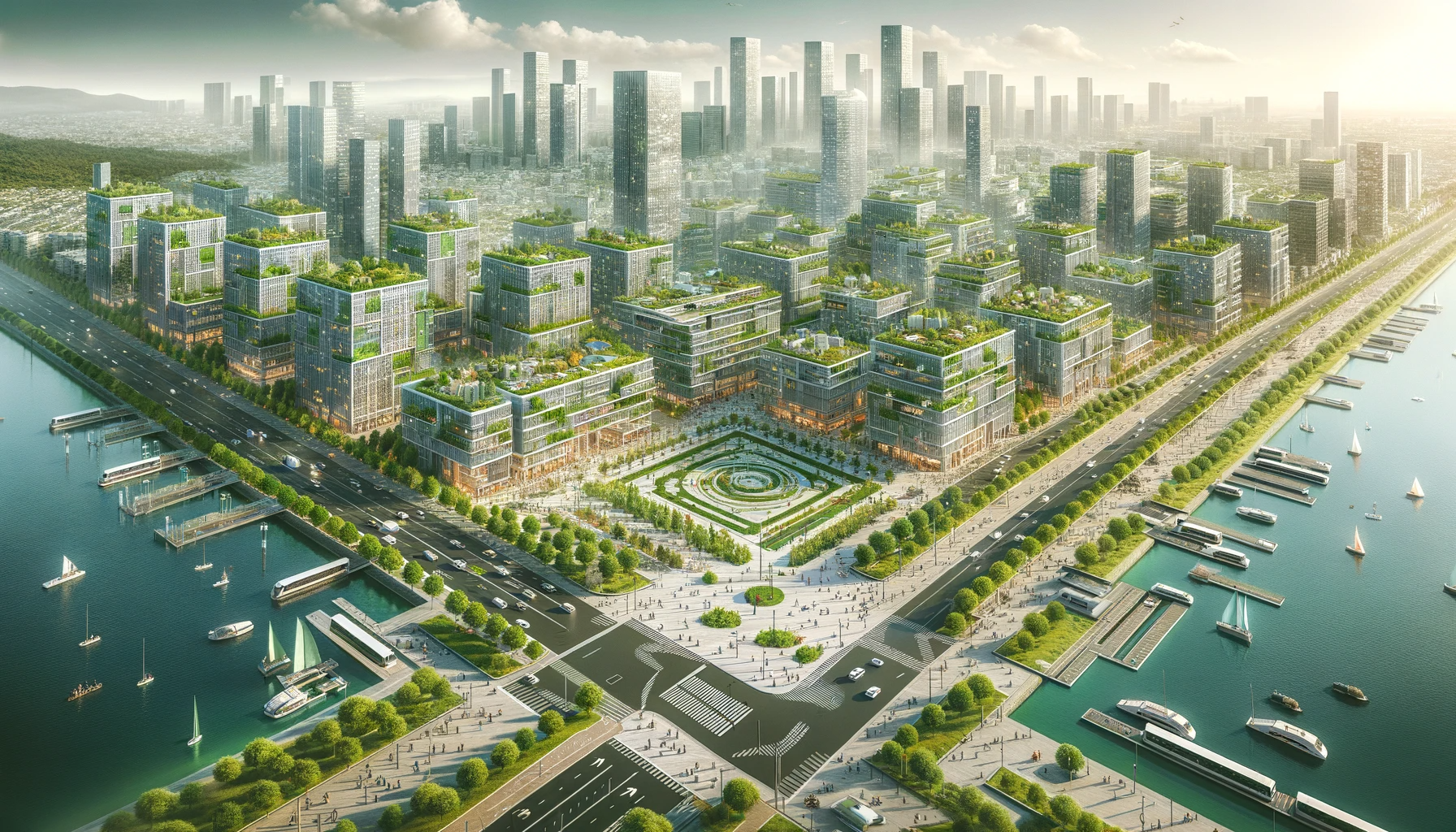The concept of sustainable cities revolves around creating urban environments that are efficient, equitable, and environmentally friendly. This concept directly aligns with several Sustainable Development Goals (SDGs), especially SDG 11, which focuses on making cities inclusive, safe, resilient, and sustainable.
Innovations in Urban Planning
Stanford researchers have developed software called Urban InVEST, which combines environmental, social demographics, and economic data to help city planners make informed decisions. This tool has been utilized in cities like Paris and Shenzhen to assess the benefits of natural infrastructure and urban greenery. In Shenzhen, for instance, it was found that natural infrastructure could help avoid $25 billion in damages during severe storms and reduce daily air temperatures significantly, demonstrating tangible benefits of sustainable urban planning.
At MIT, Carlo Ratti and the SENSEable City Lab are exploring how digital technologies can be harnessed to design sustainable cities. The lab focuses on an omni-disciplinary approach, bringing together urban planners, designers, engineers, and sociologists. One of their projects, Proximate, analyzed the impact of remote work on innovation, revealing the importance of physical space in fostering unexpected and serendipitous interactions that drive creativity and innovation. Additionally, the Roboat platform in Amsterdam and big data analysis in Stockholm are part of their efforts to address urban challenges and promote sustainable urban living.
Trends Shaping Future Cities
According to Deloitte Insights, several trends are shaping the future of sustainable cities:
- Digital Innovation Ecosystem: Cities are becoming hubs for talent, creativity, and disruptive thinking.
- Circular Economy and Local Production: Emphasizing the reduction of waste and local production, such as urban farming.
- Smart and Sustainable Buildings: Utilizing data to optimize energy consumption and manage resources efficiently.
- Mass Participation: Cities are evolving to be human-centered, designed by and for their citizens.
- Green Planning of Public Spaces: Developing green corridors and public spaces as centers of social life, which is crucial in combating urban challenges like floods, loss of biodiversity, and poor air quality.
SDG Alignment
This article aligns with multiple SDGs, notably:
- SDG 11 (Sustainable Cities and Communities): Focuses on making cities inclusive, safe, resilient, and sustainable.
- SDG 9 (Industry, Innovation, and Infrastructure): Highlights the role of innovation and sustainable infrastructure in urban development.
- SDG 13 (Climate Action): Underlines the importance of sustainable urban planning in combating climate change.
- SDG 17 (Partnerships for the Goals): Demonstrates how collaboration between various disciplines and sectors is crucial for sustainable urban development.
Conclusion
The journey towards sustainable cities requires innovative urban designs and collaborative efforts across disciplines and sectors. By harnessing technology, engaging communities, and focusing on sustainability, cities can become more livable, resilient, and inclusive, contributing significantly to the achievement of the SDGs and ensuring a sustainable future for urban populations.


